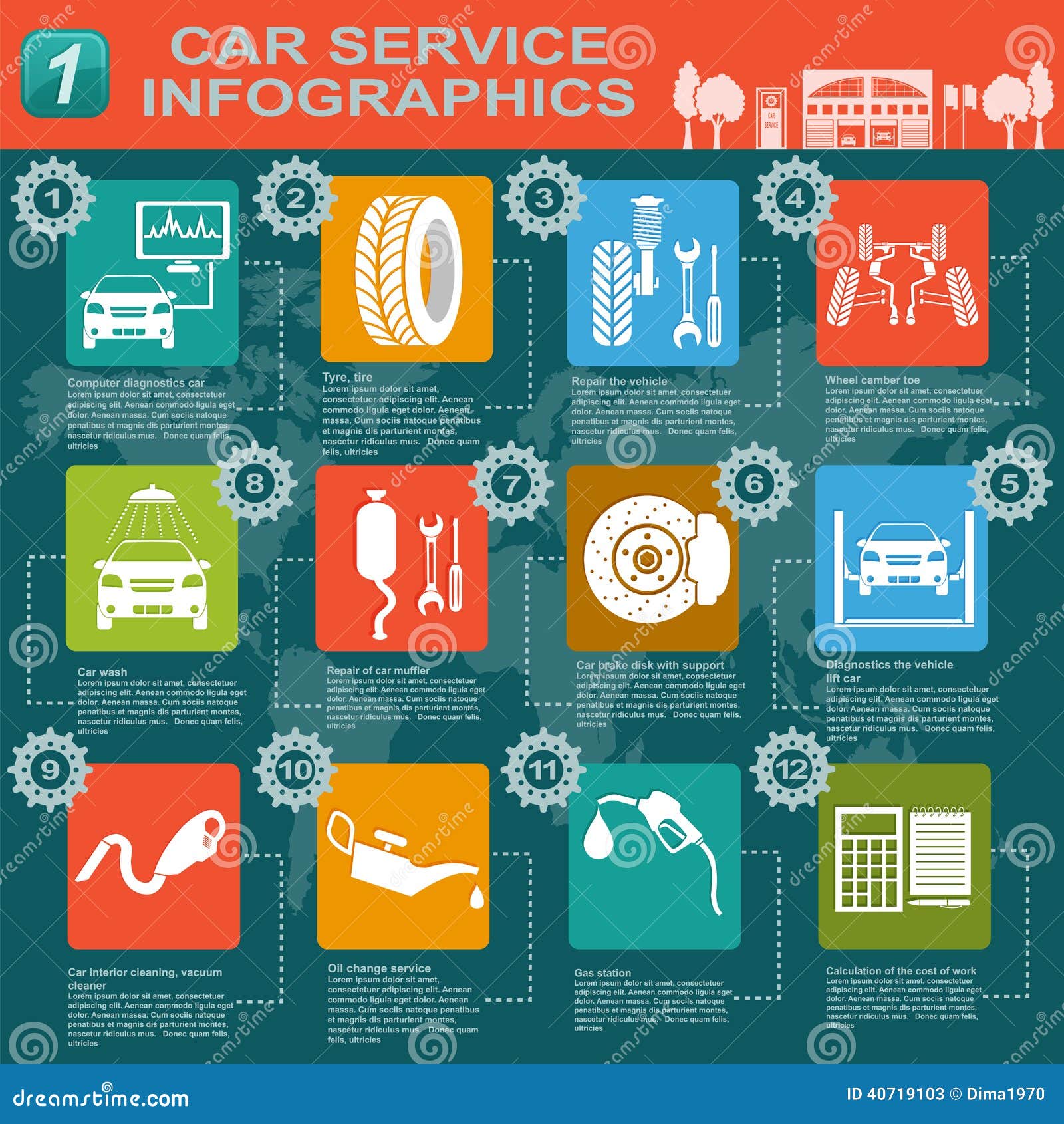Analyzing Your Auto'S Alert Lighting: Their True Implications
Analyzing Your Auto'S Alert Lighting: Their True Implications
Blog Article
Web Content Written By-Higgins Kejser
When you lag the wheel, those radiant caution lights on your dashboard can be a bit perplexing. Do https://codyrlgbu.smblogsites.com/29958653/the-development-of-automobile-outlining-techniques-in-the-previous-decade recognize what they're trying to tell you concerning your automobile's wellness? Understanding the relevance of these lights is important for your safety and the long life of your lorry. So, the next time one of those lights turns up, wouldn't you want to decipher its message properly and take the needed steps to resolve it?
Common Caution Lighting and Interpretations
Identify usual caution lights in your automobile and recognize their definitions to guarantee safe driving.
One of the most common caution lights consist of the check engine light, which signifies problems with the engine or discharges system. If this light begins, it's essential to have your lorry inspected without delay.
The oil pressure warning light suggests reduced oil pressure, requiring immediate attention to prevent engine damages.
car detialing flashing battery light may suggest a malfunctioning billing system, potentially leaving you stranded if not resolved.
The tire pressure monitoring system (TPMS) light alerts you to reduced tire pressure, influencing car stability and fuel performance. Disregarding this might result in dangerous driving problems.
The abdominal muscle light suggests a trouble with the anti-lock stopping system, jeopardizing your capacity to quit rapidly in emergency situations.
Last but not least, the coolant temperature alerting light warns of engine overheating, which can result in severe damage if not dealt with swiftly.
Recognizing these typical caution lights will aid you resolve concerns quickly and preserve safe driving conditions.
Relevance of Prompt Focus
Recognizing the common caution lights in your automobile is only the initial step; the importance of promptly attending to these warnings can not be emphasized enough to ensure your safety and security on the road.
When a caution light illuminates on your control panel, it's your auto's way of interacting a prospective issue that requires focus. Neglecting these cautions can bring about extra extreme issues in the future, endangering your safety and possibly costing you more out of commission.
Trigger focus to alerting lights can avoid failures and accidents. As an example, a flashing check engine light might show a misfire that, if left ignored, could cause damage to the catalytic converter. Resolving this immediately can conserve you from an expensive repair service.
Similarly, a brake system alerting light could signify low brake fluid or used brake pads, crucial parts for your security when driving.
Do It Yourself Troubleshooting Tips
If you discover a caution light on your control panel, there are a couple of do it yourself troubleshooting pointers you can try before looking for specialist assistance.
The initial step is to consult your car's manual to recognize what the details caution light indicates. Often the concern can be as straightforward as a loosened gas cap triggering the check engine light. Tightening up the gas cap may deal with the trouble.
One more usual concern is a low battery, which can set off different alerting lights. Checking the battery links for deterioration and guaranteeing they're safe might fix the problem.
If a warning light lingers, you can attempt resetting it by separating the automobile's battery for a few mins and afterwards reconnecting it. Furthermore, inspecting your lorry's liquid degrees, such as oil, coolant, and brake fluid, can assist repair advising lights associated with these systems.
Conclusion
Finally, comprehending your car's caution lights is crucial for maintaining your car running efficiently and securely. By without go here attending to these signals and understanding what they imply, you can prevent costly fixings and potential malfunctions.
Bear in mind to consult your vehicle's guidebook for certain details on each advising light and take action as necessary to ensure a hassle-free driving experience.
Remain notified, stay safe when traveling!
